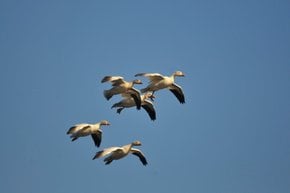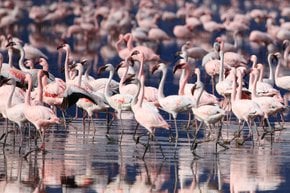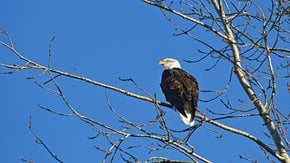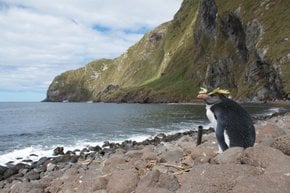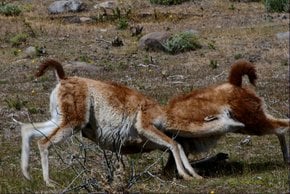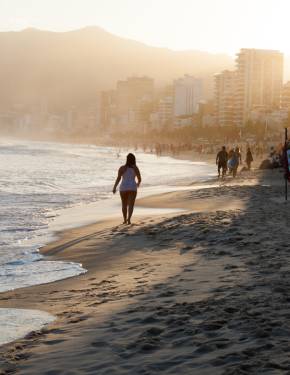Southern Giant Petrel in Argentina 2025-2026
This truly giant bird impresses with its dimensions, as well as carrion-based diet, and is best observed in breeding colonies on Patagonian coast
Best time: November–March
As its name suggests, the southern giant petrel indeed has significant dimensions: its torso is one meter in length, its weight is up to five kg, its wingspan reaches two meters and here it only slightly falls short of the "hero of the seas"—the albatross. These petrels spend most of the time in the sea, hunting fish, squid, small crustaceans, and even eggs and chicks of other birds. Particularly, they love savouring the remains of dead penguins, sea lions, and elephant seals. This species has incredible flying skills and stamina.
The best time to observe these giant seabirds is during their breeding season when they "nest" in colonies on the Patagonian coast of Argentina and Chile. In the last days of October, southern giant petrel female lay one egg in holes on the steep shores, they don't actually build nests. At the beginning of December, the first chicks hatch. The care of hatching is divided in half with the parents replacing each other every two weeks. While one parent heats the egg, the other heads out to sea for food. When the chick reaches the age of three months (from mid-March to early April), the parents leave it and fly away for good. The chicks have to leave and learn how to find food on their own. One essential thing to keep in mind while watching the birds is keeping the distance, as they might abandon the nest when threatened.
Besides the Patagonian Coast, another breeding colony is located on South Georgia Island. Outside of the breeding season, Southern Giant Petrels are also found in Antarctica, Falklands, and other islands around.






























